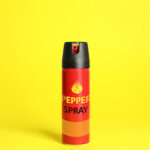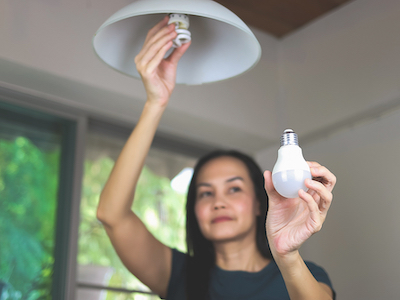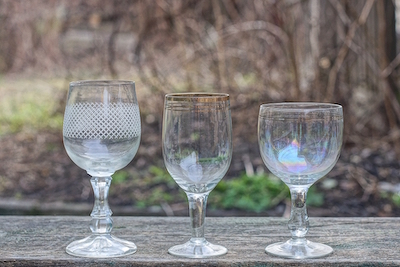In recent years, the traditional incandescent light bulb has been largely replaced by more energy-efficient options such as LED and compact fluorescent (CFL) bulbs. These two types of bulbs are both highly efficient and provide significant energy savings over traditional incandescent bulbs, but there are some key differences between them that may influence your purchasing decision.
LED Light Bulbs
LED stands for “light-emitting diode.” These bulbs have become increasingly popular in recent years due to their energy efficiency, long lifespan, and durability. LEDs work by passing an electrical current through a semiconducting material, which then emits light. They consume much less energy than traditional bulbs, making them an excellent choice for environmentally-conscious consumers.
One of the primary benefits of LED bulbs is their longevity. Most LED bulbs can last up to 25,000 hours or more, which means that they will last significantly longer than traditional bulbs or CFLs. Additionally, LEDs are highly durable and can withstand shocks, vibrations, and extreme temperatures.
LED bulbs are also highly efficient. They can produce the same amount of light as traditional bulbs using only a fraction of the energy. This means that they will significantly reduce your energy consumption and help you save money on your electricity bill.
Compact Fluorescent Bulbs
CFLs use a similar technology to traditional fluorescent tubes, but they are much smaller and designed to fit into regular light fixtures. They work by passing an electric current through a gas, which then produces ultraviolet light. This ultraviolet light is then converted into visible light by a phosphorescent coating on the inside of the bulb.
CFLs are highly efficient and consume up to 75% less energy than traditional bulbs. They also produce much less heat than traditional bulbs, which can help reduce your cooling costs during the summer months.
One potential drawback of CFLs is their lifespan. Although they last significantly longer than traditional bulbs, they typically have a lifespan of only 6,000 to 15,000 hours, which is significantly less than LED bulbs. Additionally, CFLs contain small amounts of mercury, which can be harmful if they break or are not disposed of properly.
LED vs. CFL: Which One Should You Choose?
When choosing between LED and CFL bulbs, there are a few key factors to consider.
Firstly, consider the initial cost. LED bulbs are generally more expensive than CFLs, but they will last significantly longer and will eventually pay for themselves in energy savings.
Secondly, consider the color temperature. LED bulbs typically produce a cooler, bluish light, while CFLs produce a warmer, yellowish light. The color temperature you choose may depend on the intended use of the bulb and personal preference.
Finally, consider the environmental impact. While both LED and CFL bulbs are much more environmentally friendly than traditional incandescent bulbs, LED bulbs are considered to be the more eco-friendly option due to their lack of mercury and longer lifespan.
In conclusion, both LED and CFL bulbs offer significant energy savings and are more environmentally friendly than traditional incandescent bulbs. When choosing between the two, consider the initial cost, color temperature, and environmental impact to determine which one is the best fit for your needs.














